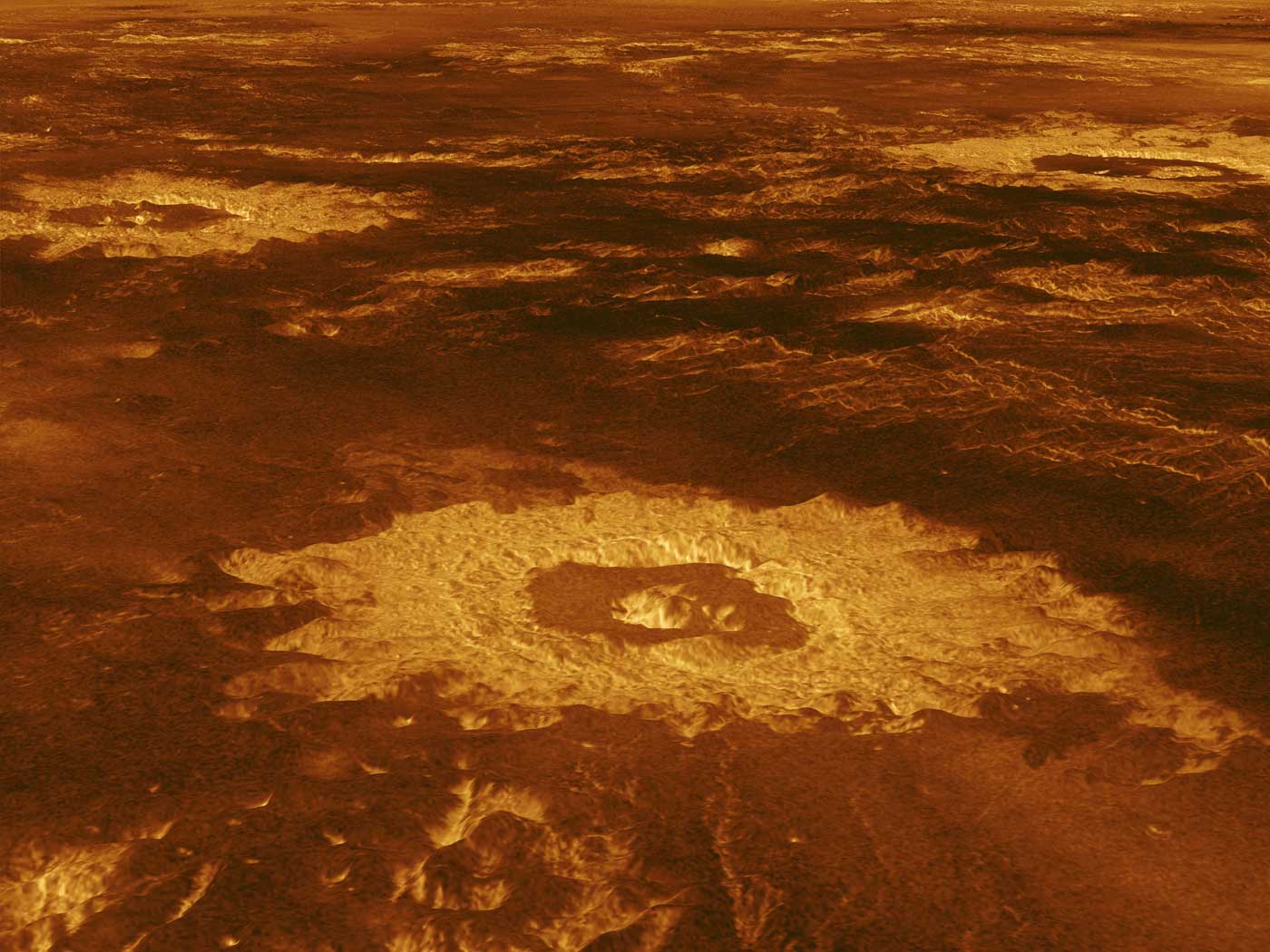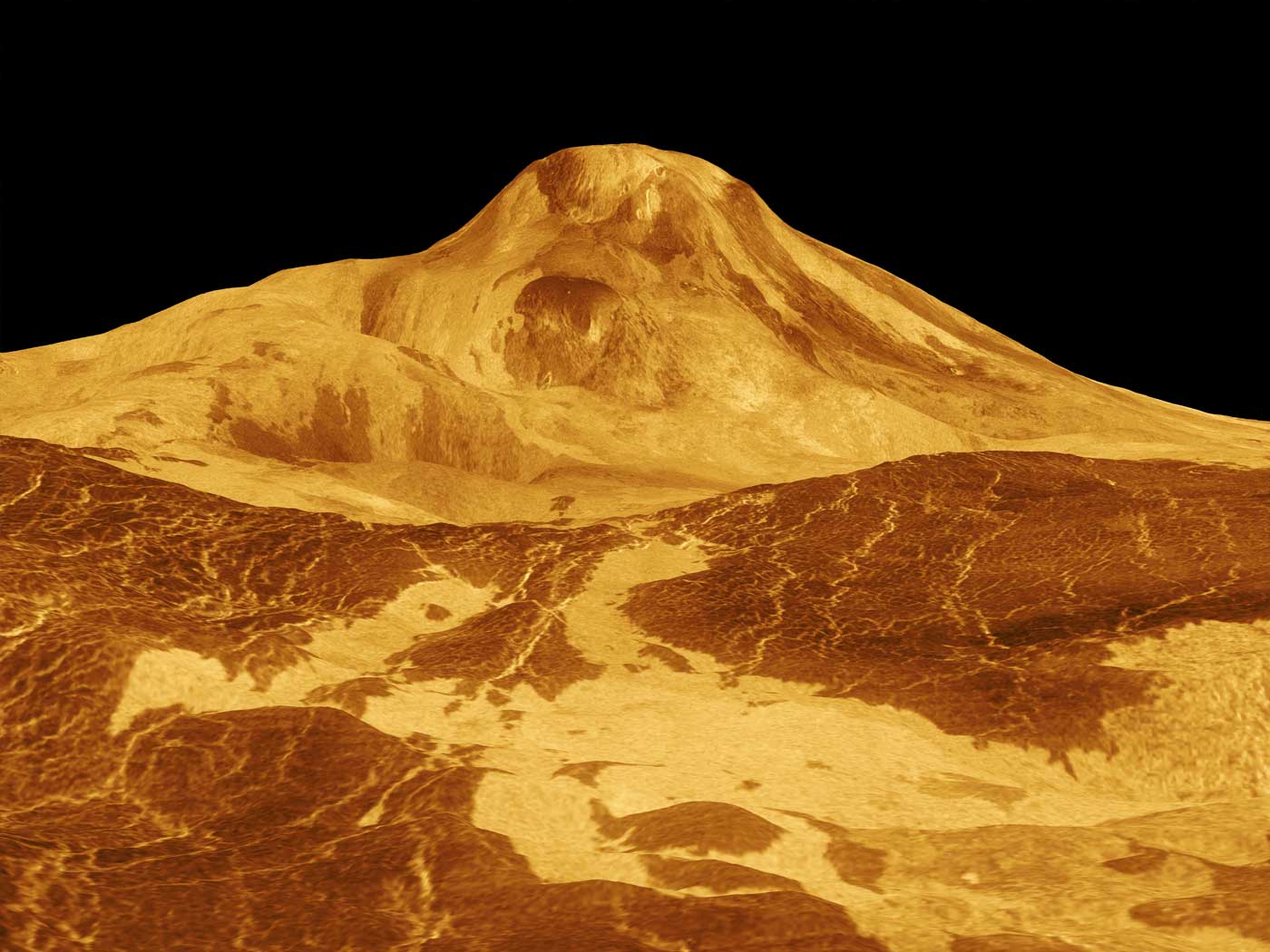New clues confirm that the moon looks created.
In stark contrast to Genesis 1, secular scientists claim that a collision between a planet-sized rocky object and an ancient Earth somehow crafted the moon billions of years ago. This supposed collision was so violent and hot that it would have burned off all the original moon water—assuming there was any.1 So why do researchers keep finding evidence of water inside the moon?
Our moon covers the sun exactly when viewed from Earth’s surface, as solar eclipses demonstrate.2 The moon also has a very circular orbit that supplies life-sustaining, ocean-churning tides on Earth. It’s the perfect size and distance from Earth to help support life. What are the odds that a violent collision would generate such precision?
The 2008 discovery of small amounts of water in volcanic glass beads that Apollo missions recovered from the moon’s surface largely washed away the evolutionary dogma of a totally dry moon.3 Later looks into lunar minerals confirmed additional water, including evidence that water must have bathed the minerals that made up some of the moon’s oldest rocks.
New research investigated whether or not these indications of lunar water were a fluke: Did the astronauts serendipitously collect rare water-indicating glassy rocks, or do other rocks all over the moon also indicate watery origins? To find out, researchers led by Ralph Milliken—Brown University geologist and expert in reflectance spectroscopy—used clever tactics to focus on just the water-signifying portion of spectroscopic data from the moon’s volcanic rocks.
The Moon Mineralogy Mapper spectrometer mounted on India’s Chandrayaan-1 lunar orbiter captured the data. The group published their results in the journal Nature Geoscience.4
Milliken told Brown University,
By looking at the orbital data, we can examine the large pyroclastic deposits on the Moon that were never sampled by the Apollo or Luna missions. The fact that nearly all of them exhibit signatures of water suggests that the Apollo samples are not anomalous, so it may be that the bulk interior of the Moon is wet.5
Not just spots, but the bulk of the moon’s interior is wet! This new evidence forces defenders of the water-vaporizing collision hypothesis to go back to the drawing board. Secularists now face the near-impossible task of explaining how water somehow got into the moon’s interior after the moon supposedly cooled. Any icy comet with enough momentum to force its way through the crust and into the moon’s mantle would have collided with enough violence to vaporize its own watery payload. Secular moon origins now face dire straits.
In a drastic understatement, coauthor of the Nature Geoscience paper Shuai Li of the University of Hawaii said, “The exact origin of water in the lunar interior is still a big question.”5
Now it’s a bigger question than ever—at least for those who reject Genesis as history. Biblical indications of watery, not fiery, origins for Earth and space objects account for water inside moon rocks.6 Again, the Bible got it right.
References
- Lunar Geophysicist G. Jeffrey Taylor clarified that the proto-moon debris from the supposed impactor would have emerged so hot that it was likely entirely molten. Molten rock drives away water. See Taylor, G. J. 1998. Origin of the Earth and Moon. Planetary Science Research Discoveries. Posted on psrd.hawaii.edu December 31, 1998, accessed August 2, 2017.
- For more information on the 2017 North American solar eclipse, see Hebert, J. Solar Eclipse and the Created Sun. Podcast. Posted on ICR.org, accessed August 2, 2017.
- Saal, A. E. et al. 2008. Volatile content of lunar volcanic glasses and the presence of water in the Moon’s interior. Nature. 454 (7201): 192-195.
- Milliken, R. and Li, S. Remote detection of widespread indigenous water in lunar pyroclastic deposits. Nature Geoscience. Published online before print, July 24, 2017.
- Stacey, K. Scientists spy new evidence of water in the Moon’s interior. Brown University News. Posted on news.brown.edu July 24, 2017, accessed July 24, 2017.
- See references in Thomas, B. Water in Rocks May Support Moon's Bible Origins. Creation Science Update. Posted on ICR.org September 25, 2013, accessed July 24, 2017.
*Mr. Thomas is Science Writer at the Institute for Creation Research and earned his M.S. in biotechnology from Stephen F. Austin State University.
Article posted on August 24, 2017.

























